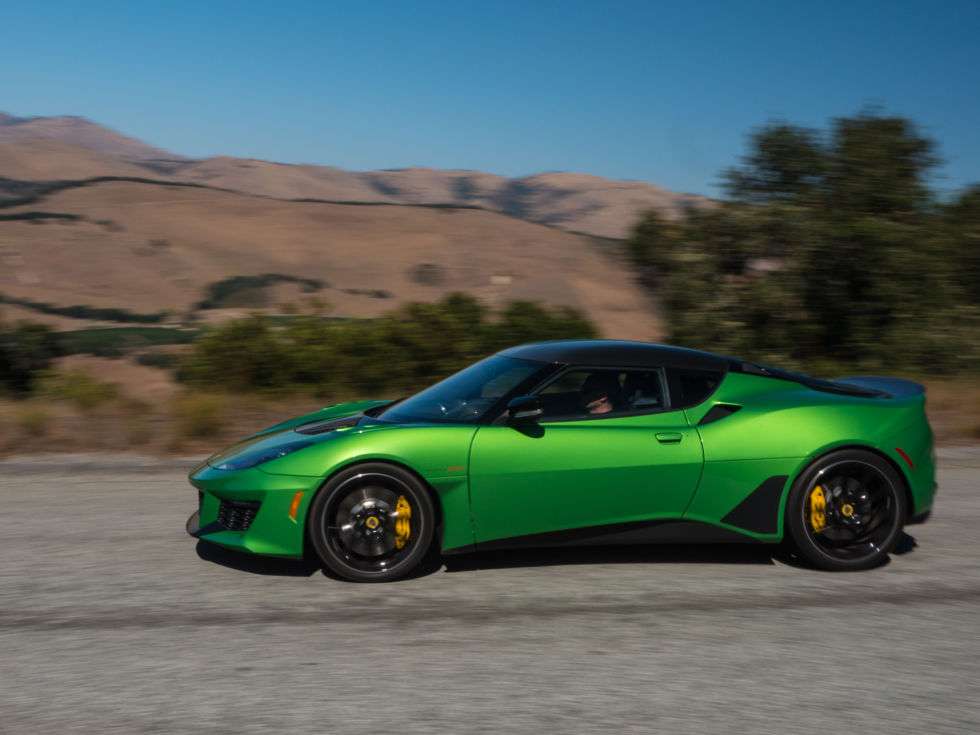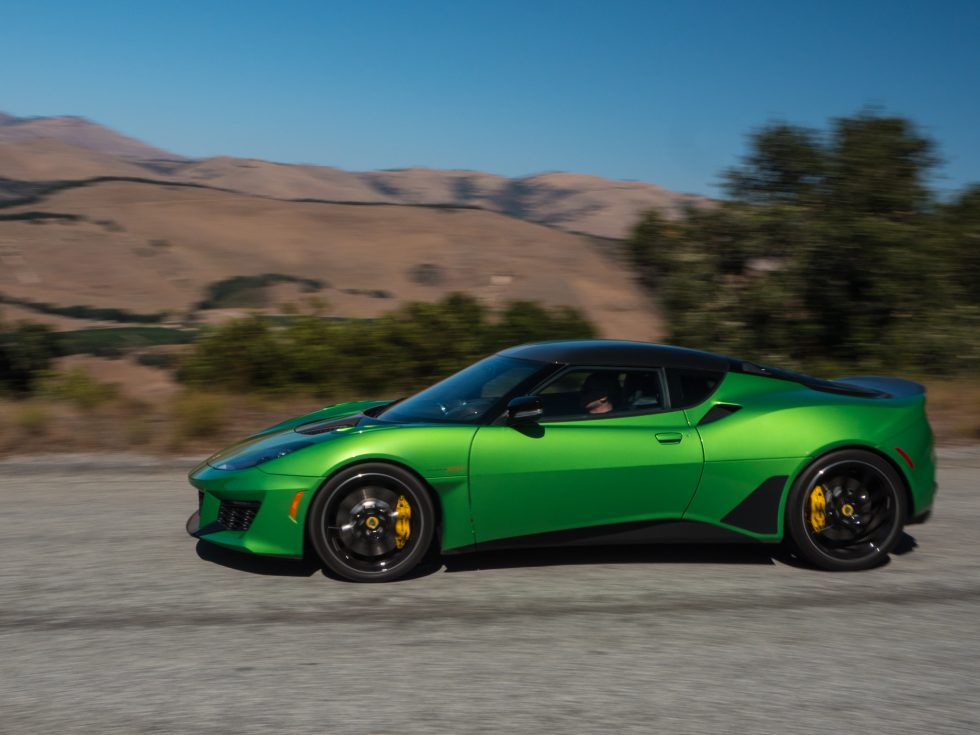
Driving the 2020 Lotus Evora GT makes me optimistic about Lotus’ future
-

At $96,950, the Lotus Evora GT isn’t particularly cheap. And the underlying car isn’t that new, first appearing in 2009. But it’s still sublime to drive, and that makes me excited about Lotus’ future. [credit: Cory Burns ]
CARMEL, Calif.—It’s always dangerous to meet your heroes—just interact with Chuck Yeager on Twitter if you don’t believe me. So it was with trepidation that I dropped myself into the seat of the bright green $96,950 Lotus Evora GT, a model that has just been tweaked a little for US and Canadian consumption.
Until now I’d never actually been behind the wheel of a Lotus, at least not outside the confines of a British auto show back in the late ’90s. What if it turned out to be crap? Lotus has had a rough time the past few years, and the Evora is getting pretty old these days. The fact that it turned out to be a wonderful car to drive wasn’t just a relief, then. No, it filled me with hope for this small British automaker. If this is how good it can make a car on a shoestring, just imagine what it will be able to do now that it’s properly funded.
The first pre-production Evoras rolled off Lotus’ line in Hethel, England, over a decade ago. At the time, it was viewed as a significant event, the first all-new Lotus model since the Elise back in 1996. Like the Elise and its assorted variants (Exige, Europa S, 340R, 2-Eleven, etc), it is built around a tub of bonded and riveted extruded aluminum and then clad in lightweight composite body panels. The original plan was to develop a range of cars on the Evora’s platform, the same way the Elise gave rise to so many other models. And the car was showered with plaudits at launch: Autocar awarded it Britain’s Best Driver’s Car 2009, and Evo named it as that publication’s 2009 Car of the Year, saying that “[I]t’s not flawless, but it’s a magical thing across the ground… with exceptional poise and feel.”
Read 8 remaining paragraphs | Comments




